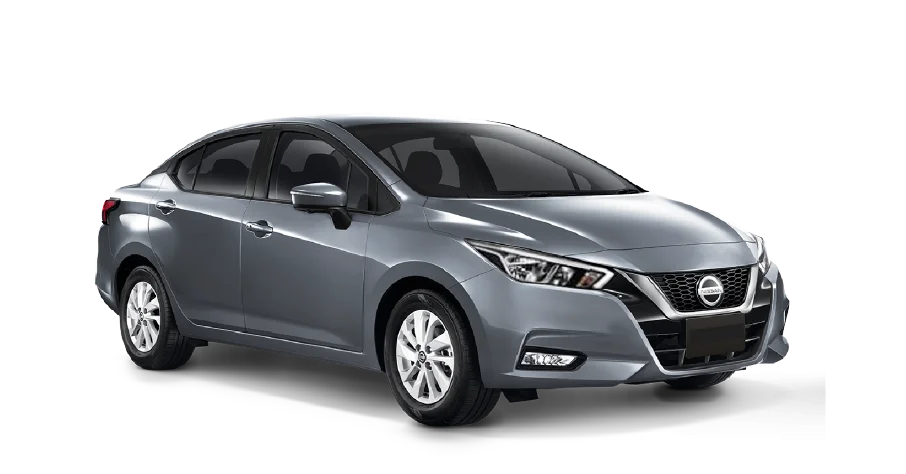WORLD CLASS
TINT TECH
Designed for Car
Ravo For Automotive



FAQ
Automotive window tinting involves applying a thin, film-like layer of material to the windows of a vehicle. This film greatly reduce heat, glare, enhance privacy, and provide UV protection, among other benefits.
UV Protection: Tinted windows can block up to 99.99% of harmful UV rays, helping to protect the interior of your vehicle and reduce the risk of skin cancer.
Heat Reduction: Tinting can reduce the amount of heat that enters your car, making it cooler and more comfortable, especially in hot climates.
Glare Reduction: It minimizes glare from the sun and headlights, improving driving comfort and safety.
Privacy: Darker windows offer increased privacy by making it harder for people to see inside your vehicle.
Aesthetic Appeal: Tinting can enhance the overall look of your car, giving it a sleek, custom appearance.
Window tinting laws vary by location and can be quite specific regarding the level of darkness allowed and which windows can be tinted. It’s important to check your local regulations to ensure your tinting complies with the law. Some areas have strict limits on the darkness of tints for front side windows and windshields.
The process typically takes 1-4 hours for a standard vehicle, though this can vary depending on the vehicle’s size and complexity. For larger vehicles or more intricate installations, it might take longer.
Avoid rolling down the windows for at least 48 hours after installation to allow the film to set properly.
Clean the windows with a soft, non-abrasive cloth and a mild, alcohol and ammonia-free cleaner. Avoid using harsh chemicals or abrasive materials.
Check for bubbles or peeling. If you notice any issues, contact your installer for advice or correction
While DIY kits are available, professional installation is often recommended. A professional installer ensures that the tint is applied smoothly and without bubbles or wrinkles, and that it complies with local regulations. Additionally, professionals typically use high-quality materials and techniques that may not be available in DIY kits.
Dyed Window Tint: Offers a darkened appearance and some UV protection but may fade over time.
Metalized Window Tint: Contains metallic particles that reflect heat and UV rays, improving durability and performance.
Ceramic Window Tint: Provides superior heat and UV protection without interfering with electronic signals. It is highly durable and does not fade.
Hybrid Window Tint: Combines dyed and metalized technologies to offer a balance of performance and cost.
Costs can vary based on the type of film, the number of windows, and the vehicle’s size. On average, prices range from several hundreds to several thousands. High-end films and complex installations may be more expensive.
Generally, professional window tinting should not affect your vehicle’s warranty. However, it’s a good idea to check with your car manufacturer or dealer to ensure that tinting will not void any specific aspects of your warranty.
Yes, window tinting can be removed, though the process can be labor-intensive and may require professional help. Removal might be necessary if the film becomes damaged, if you want to comply with legal changes, or if you simply want a different look.
High-quality window tinting can last anywhere from 5 to 10 years or more, depending on factors such as the type of film used, exposure to the elements, and the quality of installation. Regular maintenance can help extend the life of your tint.
While the benefits are numerous, potential disadvantages include:
Increased Heat: Some types of tinting can trap heat between the film and the glass, potentially affecting the interior temperature.
Reduced Visibility: Very dark tints can reduce visibility, especially at night or in low-light conditions.
Legal Issues: Non-compliance with local tinting laws can result in fines or other penalties.



